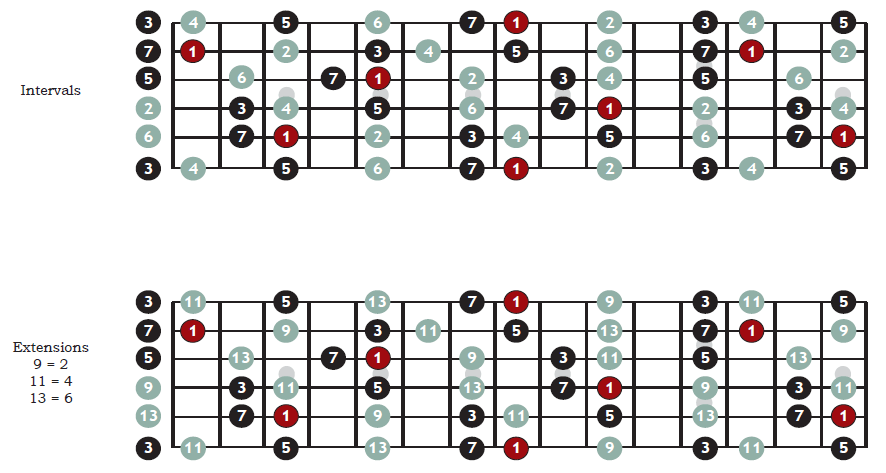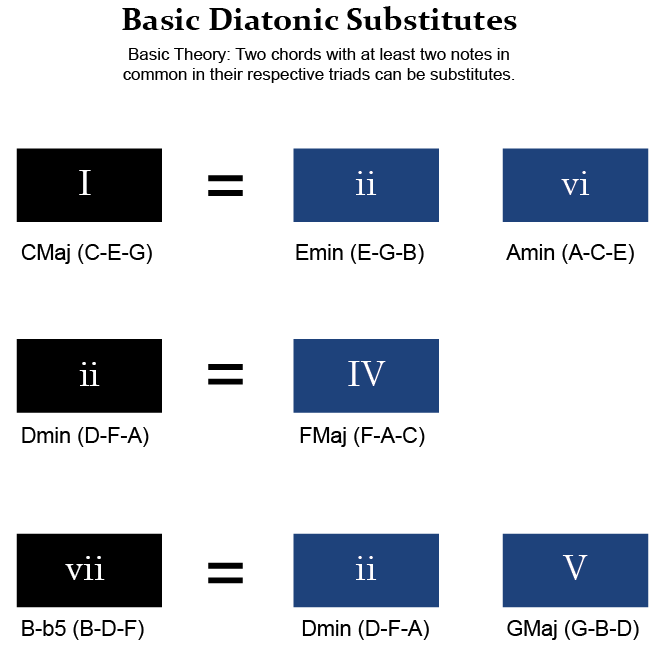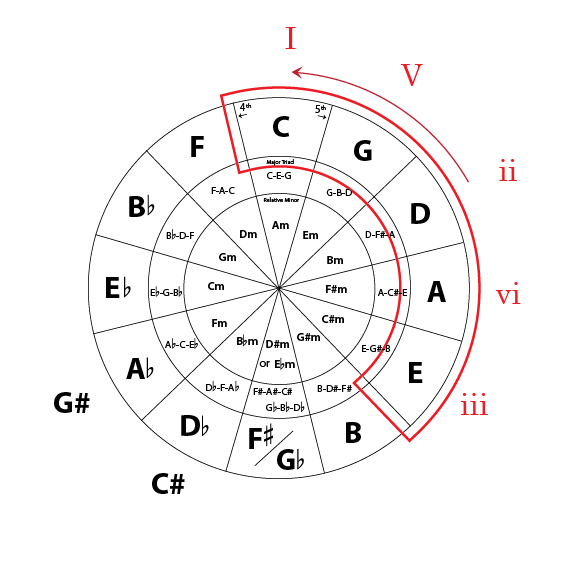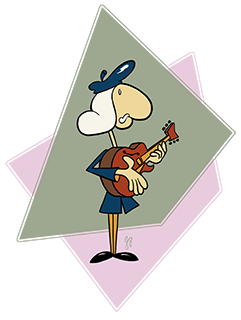Here are a few ideas:
- Play a min7 chord with the root at the Major 3rd of a I chord. This gives a Major 9 sound without the root.
- Play a min6 chord with the root at the Perfect 5 of a Dominant chord. This gives a Dominant 9 sound without the root.
- Play a dom7 on the tritone of a dominant to get a dom7b5.
- Play a min7 chord at the Perfect 5 of a Dominant to get a dom9Sus4.
| mickeybakersubs.pdf |





 RSS Feed
RSS Feed
